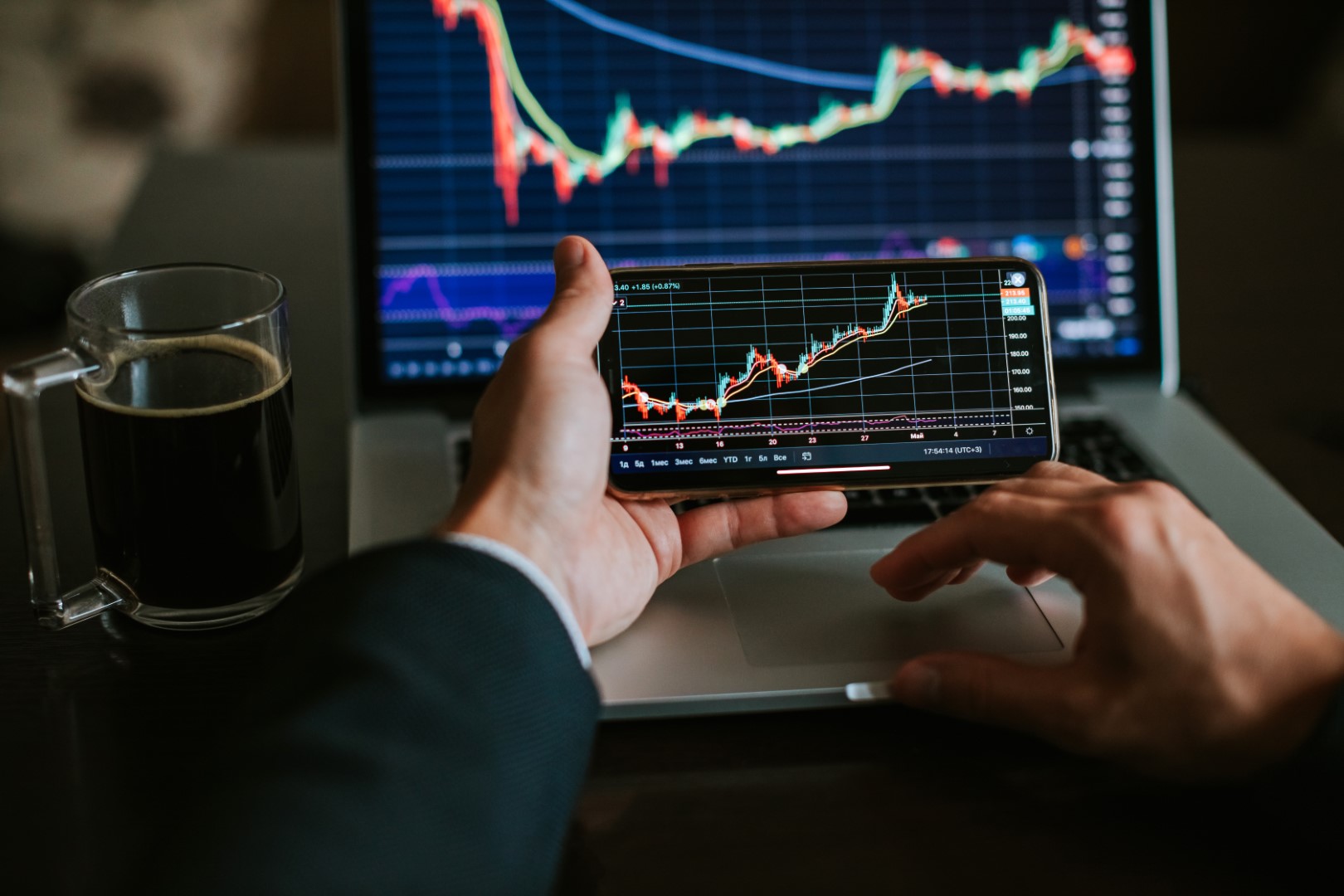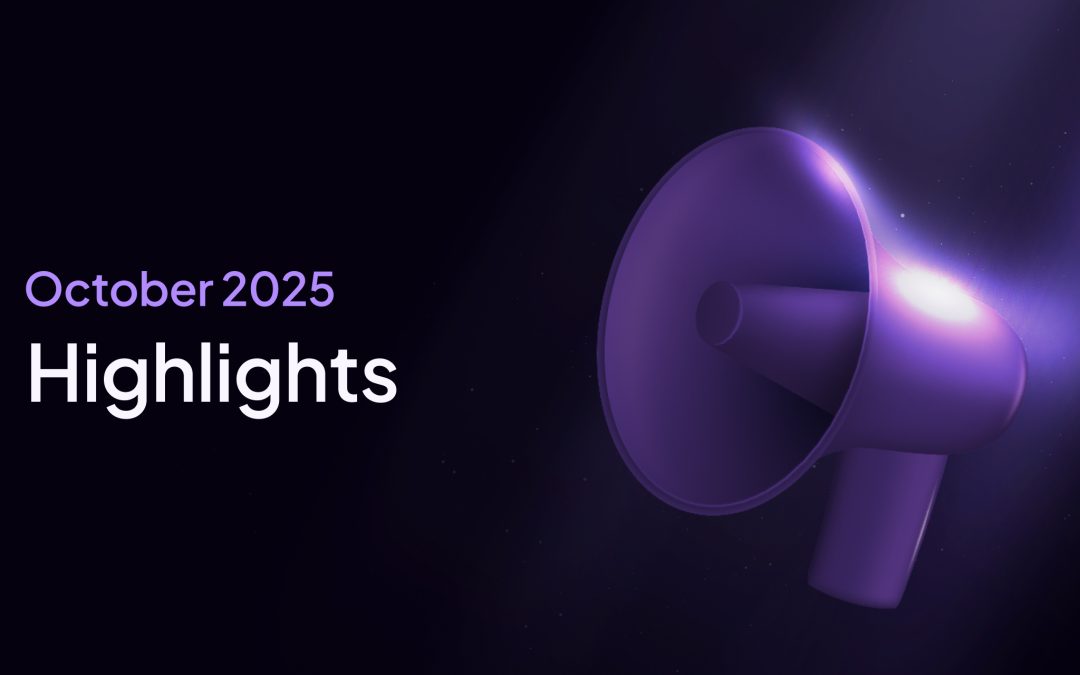There are more options to set up a prop trading firm now than ever before, with wider access to various financial markets that allow anyone with capital to get onto the market and trade.
Moreover, prop firm software solutions can often be tailored to the needs of a particular firm, sector or size of the investment, removing the technological and complex barriers to entry and allowing traders to focus their energies on the more important decisions.
However, rather than merely making trading easier, trading technology has moulded the shape of prop firms as a whole, as new technology enables new types of trading, as well as altering the types of skills needed to succeed on the stock market.
With that in mind, here are some examples of trading technologies and how they have changed the shape of prop firms.
Stock Ticker
Invented by Edward Callaghan in 1867, the stock ticker was a telegraphic printer that relayed stock prices over vast distances via telegraph wires, making it possible to receive up-to-the-minute stock information over major geographic distances.
Before this, stock information needed to be delivered by hand, which due to how long it would take meant that price information was almost invariably confirmed to the trading floor, limiting who could trade to a select group of financiers.
To say this changed how financial markets work is a vast understatement; it effectively allowed traders outside of the central system to engage with the market and established near real-time trading, a fundamental principle in financial markets today.
It also established the abbreviated codes for businesses and the concept of the rolling ticker, which is now digital and a common presence in financial programmes.
The paper tickers themselves lasted an entire century, running until the 1960s when they were superseded by electronic versions running on computer networks.

Nasdaq
The next logical step after wide-reaching electronic stock market information is an electronic stock market, and in 1971, the National Association of Securities Dealers Automated Quotations (Nasdaq) was established, albeit initially as a quotation system.
It would fundamentally change prop trading in a few ways, not least by being an automated exchange and developing a reputation as a place where fast-moving technology stocks were bought and sold.
In the late 1990s, when the Nasdaq itself strongly benefitted from the dotcom boom, it would also become the first online stock market, allowing people from all over the world to access the stock market.
Bloomberg Terminals
Initially known as a Market Master terminal, the Bloomberg Terminal was the logical next step beyond the stock ticker and electronic stock market.
Whilst analytics, calculations and real-time market data are available through a wide variety of software solutions now, in 1982 the Bloomberg Terminal was indispensable and evolved trading by enabling a far greater access to analytics than was believed to be possible before.
Whilst far from strictly necessary now and whilst Bloomberg was not the first to offer financial data, it did establish just how necessary it is for a trader to succeed in the rapidly shifting world of Wall Street and shaped how prop firms work today.
In the 1980s, the expense of the terminals limited how many people could become prop traders, as they almost invariably needed to be linked to a bank or large hedge fund to have the money to afford the technology to trade their own capital.
Algorithmic Trading Systems
The technologies above rapidly sped up the trading process, from days to minutes to seconds, but the development of algorithmic trading has reduced that time to milliseconds to the point that trades can be executed faster than a human can physically react.
An algorithm is a pre-programmed set of instructions that decides which stocks to buy at which prices and at what time, and has fundamentally changed how trading is executed from relatively direct interaction to developing strategies and trading plans that are executed by the algorithm.
It allows for certain kinds of trading such as high-frequency trading, arbitrage and market-making to be possible, and has fundamentally changed the approach to trading away from individuals and towards more data-driven quantitative strategies.
Smartphone Trading
The launch of the iPhone in 2007 changed so much about the world, but in trading, it helped to remove barriers to entry and give people the flexibility to trade effectively at any time.
Many traders view and manage their portfolios over the phone and the rise of push notifications means that if there is any important news or sudden fluctuations, someone can find out about it as soon as possible.









